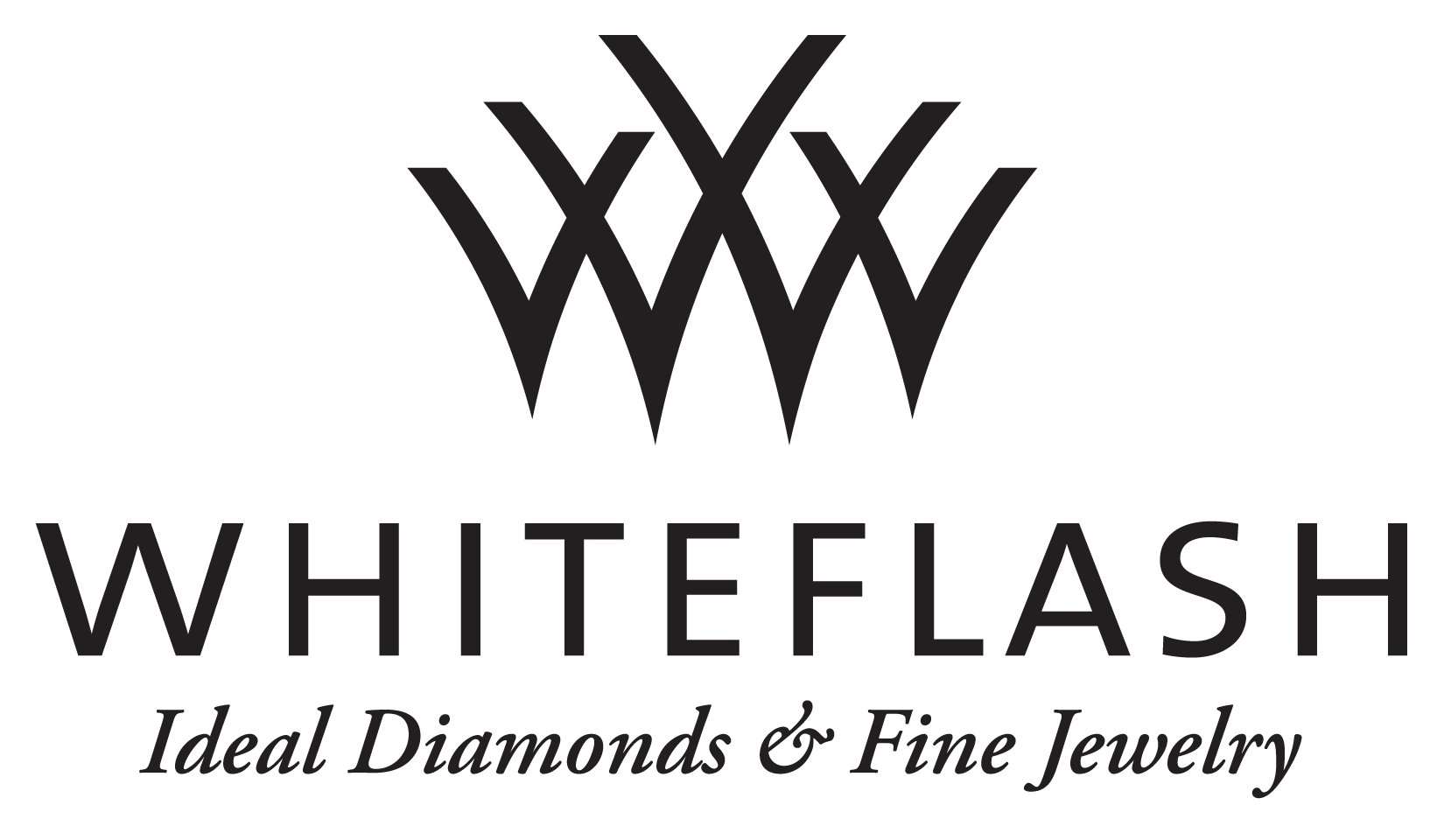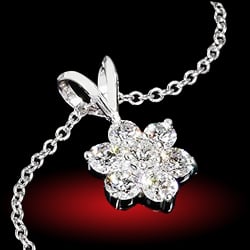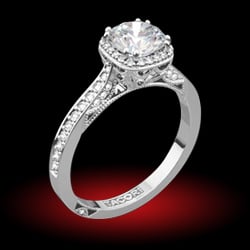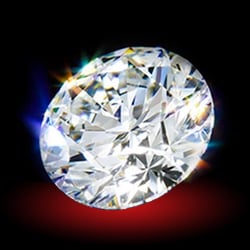Hi Everyone
I need some advice on a diamond I am seriously considering purchasing. It is a:
Round Brilliant
1.2 carat
F/SI1+
Ex – cut, polish and symmetry
Girdle - Medium – slightly thick, faceted
Nil Fluorescence
It scores 2.4 on the HCA.
My concern is that on the GIA cert it shows 2 long and 1 shorter lines right across the table that are listed as twinning wisps. I have not “yet” seen the diamond, but am purchasing it through a very reputable diamond buyer. I can of course send the diamond back once it comes in if I am not happy with it, but wanted to get some advice on whether or not I should even bother considering it before I go through the whole ordeal. The person I am buying it from knows that I am fussy and I will have no hesitation in sending it back if it’s not suitable, but they are still assuring me that I will not be able to see the twinning wisps and that they do not affect the diamonds durability – can anyone verify this for me? Obviously they look dreadful on the cert, but apparently aren''t that bad?
I am waiting on a better copy of the cert as I only have a fax at present and it is quite difficult to read, but I also belive that the diamond was sent to AGS after GIA for additional grading – why would this be and is this a normal thing to do? I believe GIA graded it SI1 and AGS graded it SI1+? Does this make any sense to you professionals out there?
Your help and advice would be greatly appreciated.
Thank you
Belle








300x240.png)